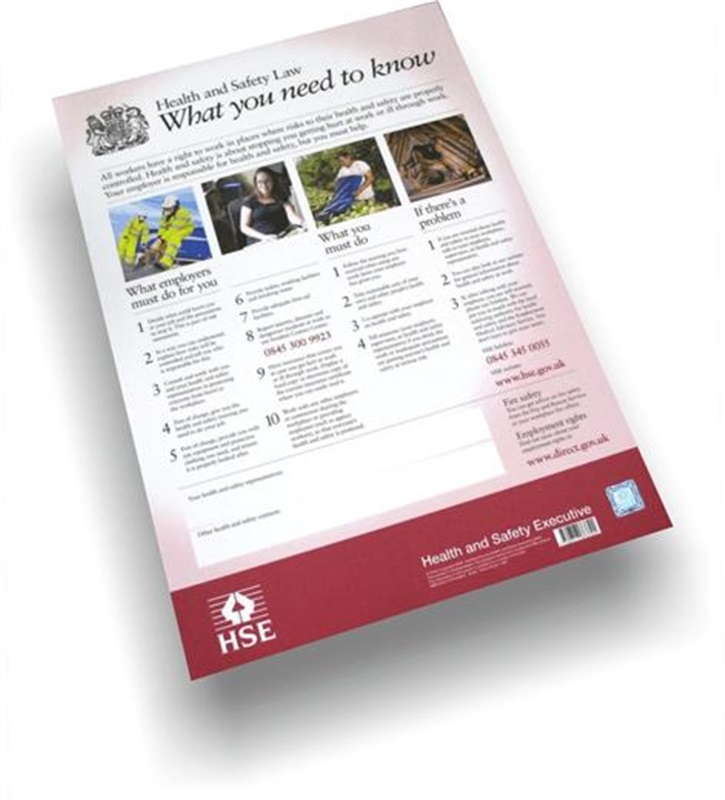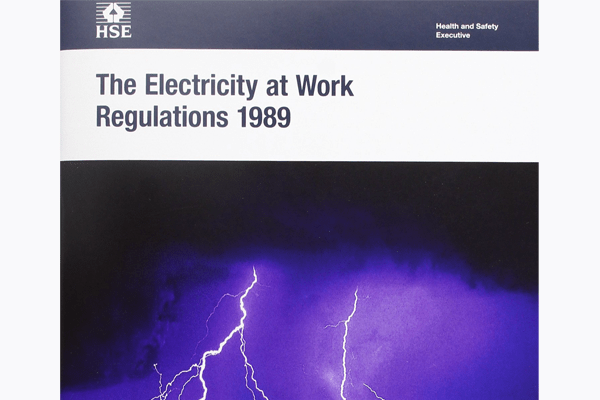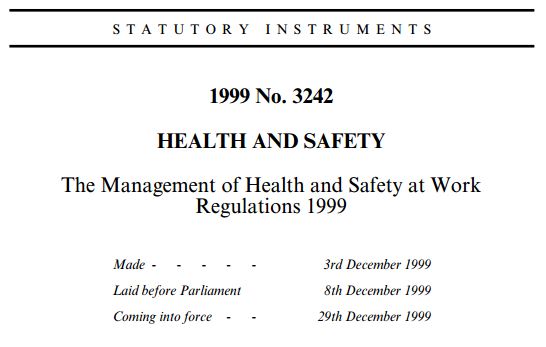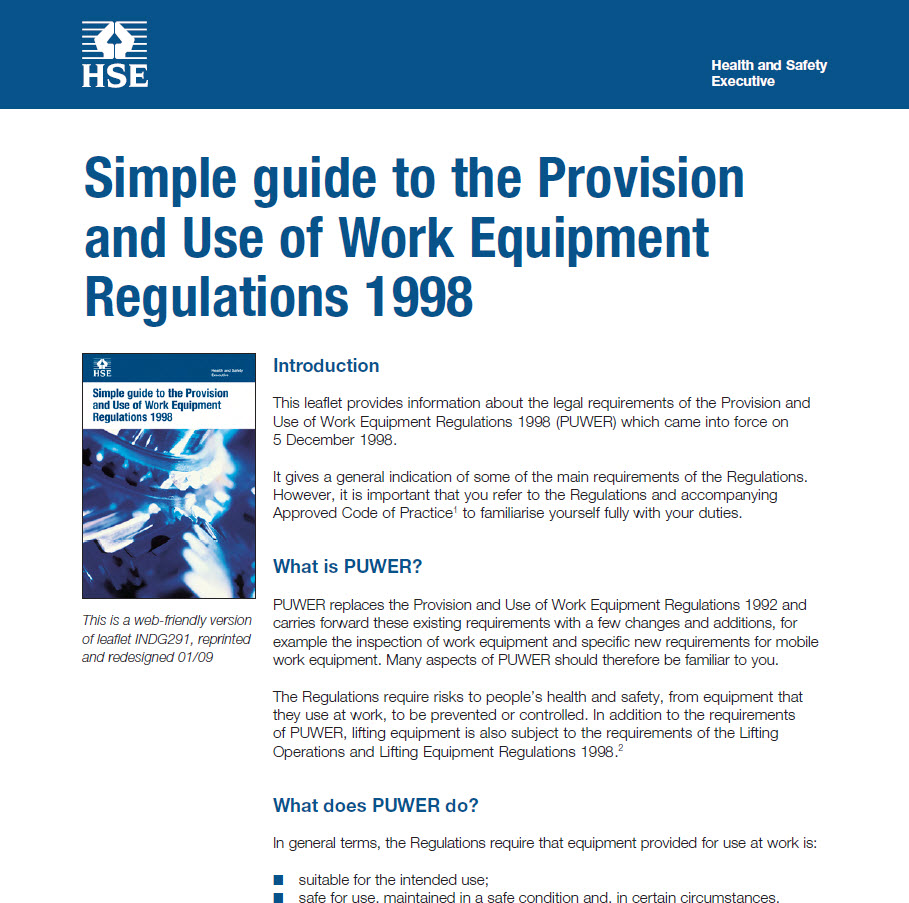Provision and Use of Work Equipment Regulations 1998
II.4.1 General
The Provision and Use of Work Equipment Regulations 1998 (PUWER) cover most risks that can result from using work equipment. With respect to risks from electricity, compliance with the Electricity at Work Regulations 1989 (EAW Regulations) is likely to achieve compliance with PUWER Regulations 5-9, 19 and 22.
PUWER applies only to work equipment used by workers at work. This includes all work equipment (fixed, portable or transportable) connected to a source of electrical energy. PUWER does not apply to the fixed installations in buildings. The electrical safety of these installations is dealt with only by the EAW Regulations.
II.4.2 Maintenance
Regulation 5(1) of PUWER requires employers to ensure that work equipment is maintained in an efficient state, in efficient working order and in good repair. This is consistent with the requirement in Regulation 4(2) of the EAW Regulations that systems shall be maintained to prevent danger.
Regulation 5(2) of PUWER requires employers to ensure that, where any machinery has a maintenance log, the log is kept up to date. Neither PUWER nor the EAW Regulations specifically require a maintenance log to be kept for machinery, but it is good practice to keep a log or record of maintenance. Records of visual checks of plugs, cables etc. carried out by users of electrical machinery would not normally be considered to constitute a maintenance log. However, if formal records of maintenance of electrical machinery are kept in a maintenance log, then that log shall be kept up to date.
II.4.3 Inspection of work equipment that poses electrical risks
Regulation 6 of PUWER introduces a specific requirement for the inspection of work equipment. The Approved Code of Practice & Guidance L22, Safe Use of Work Equipment, notes at paragraph 136 that:
Where the risk assessment under Regulation 3 of the Management of Health and Safety at Work Regulations 1999 has identified a significant risk to the operator or other workers from the installation or use of work equipment, a suitable inspection should be carried out.
Note that, although the 1992 Regulations have since been replaced by the 1999 Regulations, the requirements for risk assessment have not changed.
Inspection is required for work equipment
> after installation and before being put into service for the first time, or after assembly at a new site or in a new location
> at suitable intervals where it is exposed to conditions causing deterioration, which is liable to result in dangerous situations, and each time that exceptional circumstances, which are liable to jeopardize the safety of the work equipment, have occurred.
The risk assessment carried out under the Management of Health and Safety at Work Regulations 1999 will determine whether there are significant electrical risks that might justify an inspection under PUWER. If there are significant electrical risks then a competent person, probably the person who is trained to inspect visually and maintain the electrical equipment under the EAW Regulations, is required to inspect the equipment and record the results of the inspection under PUWER.
The above requirement of Regulation 6 in PUWER is consistent with the requirement in Regulation 4(2) of the EAW Regulations that all electrical systems shall be maintained to prevent danger, so far as is reasonably practicable. Guidance on the EAW Regulations has always stressed the importance of inspection, testing and record keeping if justified by the risk. This is consistent with the more specific requirements of PUWER
II.4.4 Specific risks
Regulation 7 of PUWER imposes requirements for the use, repair, modification, maintenance or servicing of work equipment in high-risk situations, such as where a Permit to Work system may be appropriate. This is consistent with the requirements in Regulations 4(3), 13 and 14 of the EAW Regulations and guidance given previously on those Regulations.
II.4.5 Information and instructions
Regulation 8 of PUWER requires employers to provide to people who use work equipment adequate health and safety information and, where appropriate, written instructions about the equipment that they use. This duty extends to providing information and instructions about any electrical risks that are present. Details of what is needed are set out in the Regulation and the supporting guidance in the Approved Code of Practice L22. This is consistent with the requirements of Regulations 4(3) and 16 of the EAW Regulations.
II.4.6 Training
Regulation 9 of PUWER requires employers to ensure that all persons who use work equipment have received adequate training for the purposes of health and safety. This is consistent with the requirements of Regulations 4(3) and 16 of the EAW Regulations.
II.4.7 Isolation from sources of energy
Regulation 19 of PUWER requires employers to ensure that, where appropriate, work equipment is provided with suitable means to isolate it from all sources of energy and to take appropriate measures to ensure that reconnection of any energy sources does not expose any person using work equipment to any risk to his/her health and safety. This is consistent with the requirements of Regulations 12 and 13 of the EAW Regulations.
II.4.8 Maintenance operations
Regulation 22 of PUWER requires employers to take appropriate measures to ensure that work equipment is so constructed or adapted that, so far as is reasonably practicable, maintenance operations that involve a risk to health and safety can be carried out while the equipment is shut down. Where this is not reasonably practicable, employers should ensure that maintenance operations can be carried out without exposing the person carrying them out to a risk to his/her health and safety, or appropriate measures should be taken for the protection of any person carrying out maintenance operations that involve a risk to his/her health and safety. This is consistent with the requirements of Regulations 4(3), 13 and 14 of the EAW Regulations.




